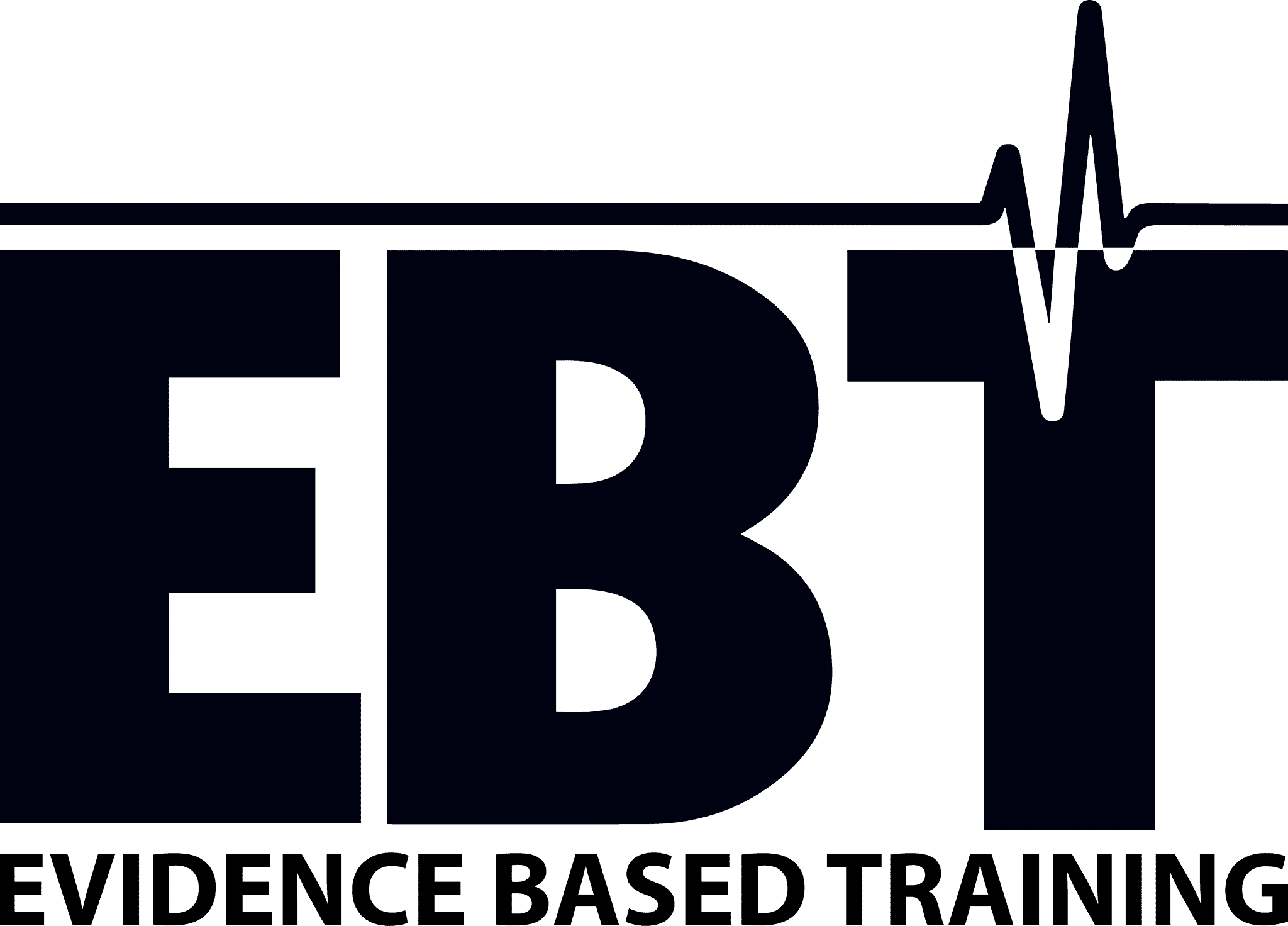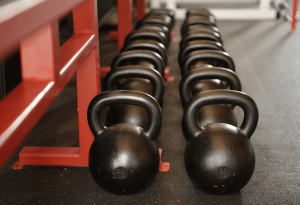While volume is the main driver of muscle growth (hypertrophy), it seems that not all reps are created equal. Reps closer to failure may be more effective att stimulating muscle growth for advanced lifters. Muscle growth specialist Brad Schoenfeld identified tension, metabolic stress and muscle damage as primary factors behind muscle growth (1). Here’s a training method to get all three elements into your workout: Rest-pause training.
The principle is combining heavy loads (tension) with short rest (metabolic stress) and repeated bouts of failure (muscle damage) to, theoretically, maximize hypertrophy. Start by doing a set of, say, 12 reps to failure, followed by 20 seconds rest and repeated sets to failure until you’ve done at least 12 more reps in total.
Prestes et al compared this protocol to traditional lifting (2). The rest-pause group did one rest-pause set of 18 reps per exercise at 80% of 1RM to failure, resting 2-3 minutes between each exercise. The traditional lifting group did 3 sets of 6 reps per exercise at 80% of 1RM (i.e not necessarily to failure), resting 2-3 minutes between each exercise. Workouts consisted of both upper and lower body exercises performed in a split routine 4 days per week, for 6 weeks.
The result?
The rest-pause group had greater muscular endurance (27% vs 8% increase at 60% of 1RM) and muscle thickness (11% vs 1% increase using ultrasound) in the thighs, but not the upper body. No statistically significant differences in body composition, strength or muscle circumference were found. Rest-pause did however save workout time (35 min vs 57 min)!
Rest-pause style training has also been shown to lead to more muscle activation (3), increased resting-energy expenditure (4) and more volume (5). Further research needs to replicate these results, but for experienced lifters we would consider trying rest-pause to see how you respond.
Sources:
- Schoenfeld et al. The mechanisms of muscle hypertrophy and their application to resistance training. J Strength Cond Res. 2010;24(10):2857-72.
- Prestes et al. Strength And Muscular Adaptations Following 6 Weeks Of Rest-Pause Versus Traditional Multiple-Sets Resistance Training In Trained Subjects. J Strength Cond Res. 2017;
- Marshall et al. Acute neuromuscular and fatigue responses to the rest-pause method. J Sci Med Sport 15: 153–158, 2012.
- Paoli et al. High-intensity interval resistance training (HIRT) influences resting energy expenditure and respiratory ratio in non-dieting individuals. J Transl Med 10: 237, 2012.
- Korak el at. Effect of rest-pause vs. traditional bench press training on muscle strength, electromyography, and lifting volume in randomized trial protocols. Eur J Appl Physiol. 2017;117(9):1891-1896.









